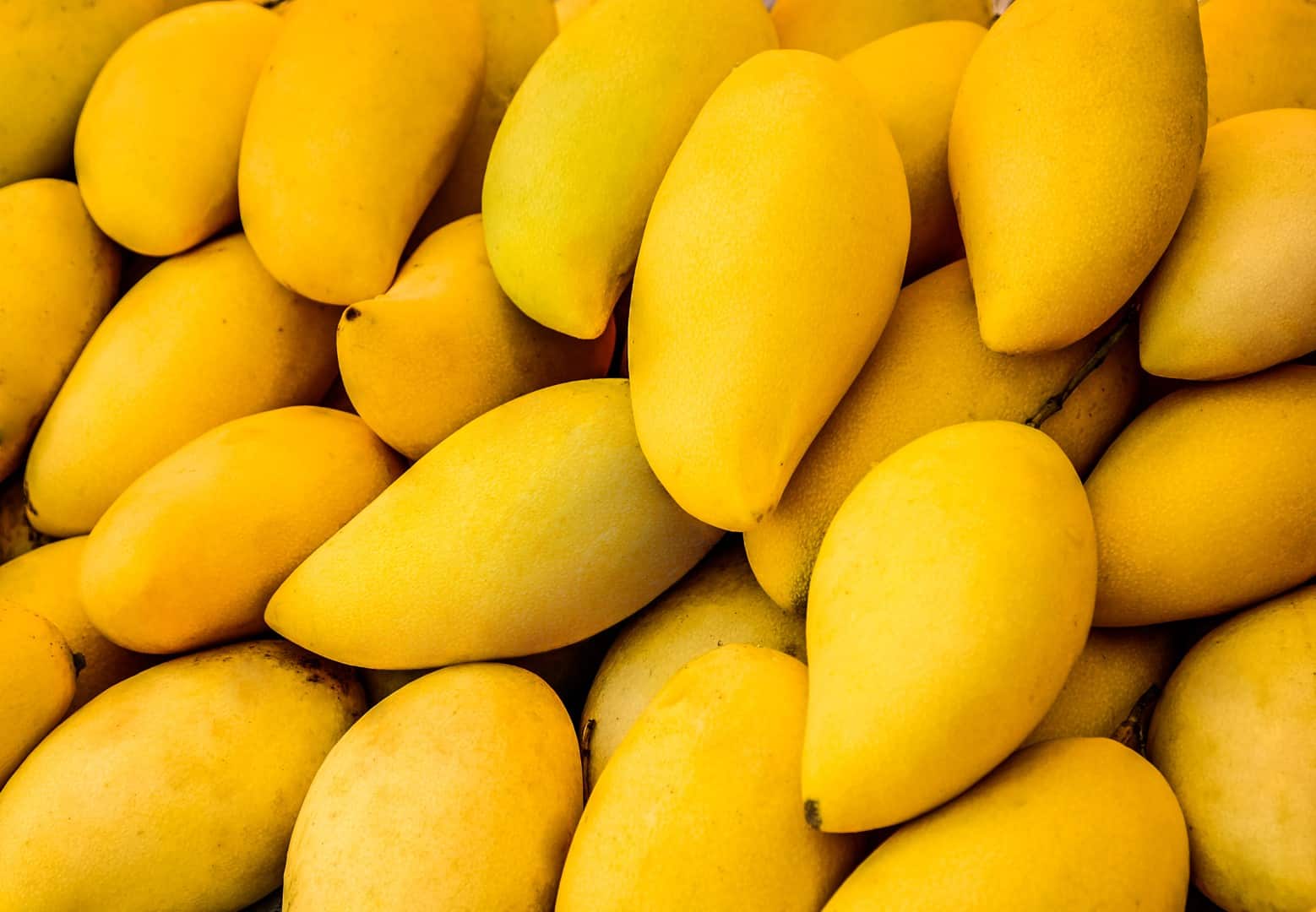
After a few seasons of surplus, a pandemic, and heavy rains, the time is ripe for the national fruit to pick up once again.
In 2020, the country’s mango capital, Guimaras Island, even had to cancel its annual Mango Festival, as if symbolic of the virus-ridden year that would cripple the industry. Apart from torrential rains, travel restrictions imposed by the pandemic severely affected the value chain.
However, according to the Philippine Statistics Authority, local mango production for the first quarter of 2021 generated 97.9 thousand metric tons—4.1% higher compared to the same pre-pandemic period the previous year, with carabao mangoes comprising most of the output at 81.13 thousand metric tons. The Ilocos Region registered as the highest producer, an impressive feat after the region battled a kurikong (cecid fly) infestation for most of 2020.
The mango is one of the Philippines’ most important fruit crops, apart from bananas, calamansi, and pineapple. Though not the biggest exporter internationally, the country is well-suited for producing the best of this beloved fruit. Based on a paper by Duke University researchers, mango trees thrive in cooler dry seasons and high heat during the flowering and fruit stage.
The Philippine mango is well-known around the world. The Sweet Elena variety from Zamboanga was even recorded in the 1995 Guinness Book of World Records as the sweetest mango in the world—a position that has constantly been challenged by other regional strains.
Duke researchers listed reliance on small-scale producers, outdated agricultural techniques, persistent pest problems, climate unpredictability, as well as less-than-stellar post-production management, such as poor packaging and shipping processes, as reasons that hold back Filipino mango growers.
However, the government has developed a concrete action plan to improve mango production in the next few years. These strategies include pruning and fertilizing 8.9 million mango trees (with a P600 budget per tree) from 2017 to 2022 to improve yield; testing new farming technology on high production areas, such as Davao, Zamboanga, Cebu, and Guimaras; improving the export value chain; applying Good Agricultural Practices (GAP) certifications on farms; and promoting mangoes and its byproducts.
When it comes to producing mangoes, the Philippines is all about quality over quantity, but fingers are crossed that there’s an emphasis on the latter, too. Because no one can ever get enough of these tasty fruits—or their dried version.
Sources:
“Philippine Mango Industry Roadmap 2017-2022,” Office of the Undersecretary for High Value Crops and Rural Credit, Department of Agriculture
The Philippines in the Mango Global Value Chain,” Duke University Center on Globalization, Governance, and Competitiveness, in collaboration with USAID/Philippines and the Department of Trade and Industry.

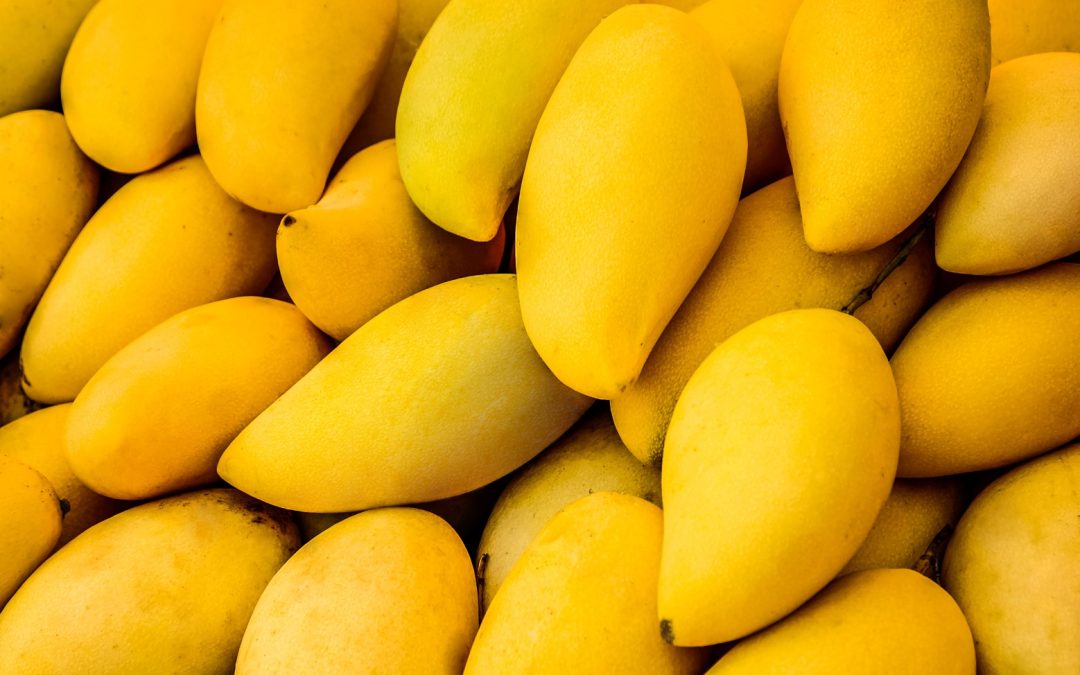
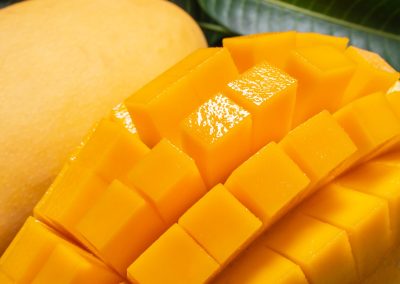
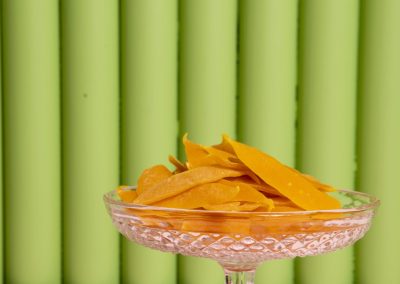
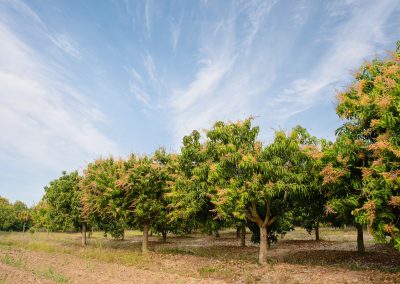
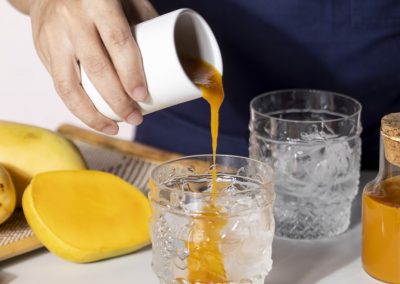

Recent Comments